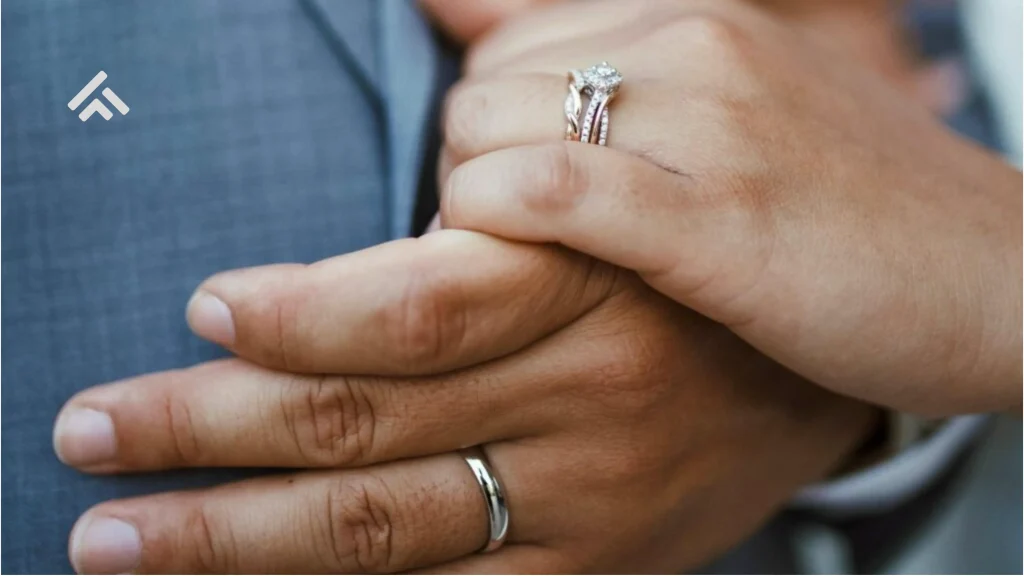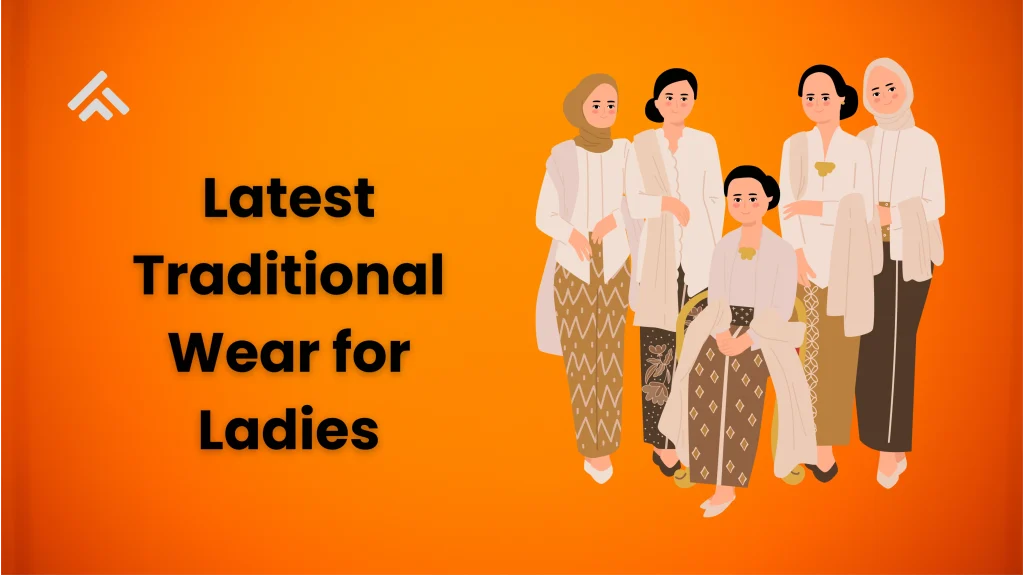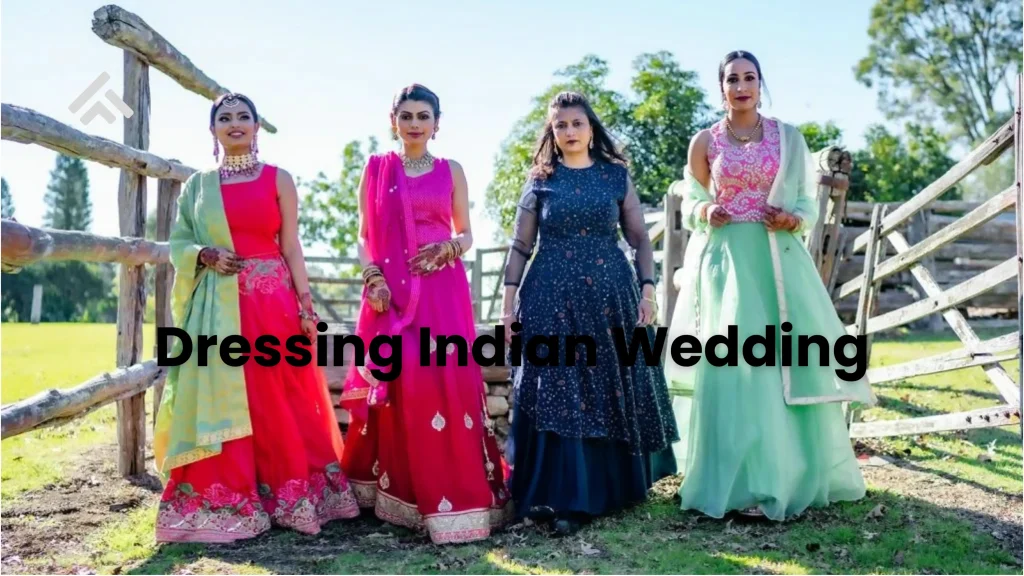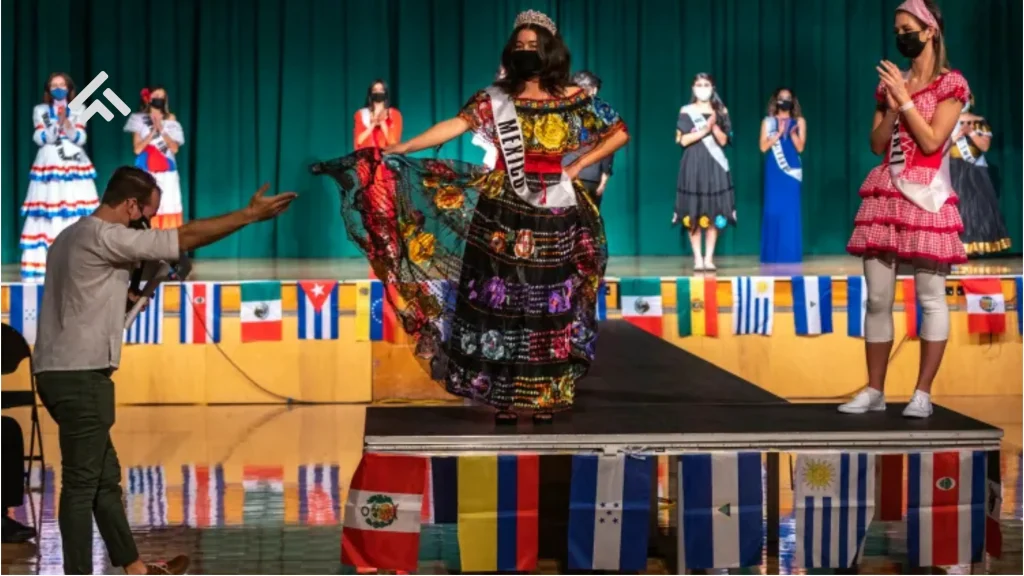Wedding ring traditions are important because they show love and commitment. When couples wear rings, it tells others they are married. This simple act carries deep meaning. The ring is a circle, which stands for never-ending love. People have followed this tradition for many years, and it still matters today.
Wearing a wedding ring in a traditional way also connects couples to their culture. It respects family values and keeps old customs alive. Even as styles change, the meaning stays strong. Whether it’s on the left or right hand, the ring reminds each person of their promise. These traditions help people feel more united and proud of their bond.
Table of Contents
Traditional Order of Wearing Rings
The traditional order of wearing rings begins with the engagement ring. This ring is usually given during a proposal. People commonly wear it on the fourth finger of the left hand. This finger is often called the ring finger and is believed to have a special connection to the heart.
On the wedding day, the wedding ring is added to the same finger. It is placed first, so it sits closer to the heart. Some people take off the engagement ring before the ceremony and wear it again afterward. Others wear it on the right hand temporarily. The goal is to make space for the wedding ring during the ceremony.
After the wedding, both rings are worn on the same finger. The wedding ring comes first, followed by the engagement ring. This shows the order of events in the relationship. It also honors the meaning of both rings.
Cultural Variations Around the World
Western Traditions
In many Western countries like the United States, Canada, and the United Kingdom, people wear the wedding ring on the fourth finger of the left hand. This is based on an old belief that a vein in this finger leads straight to the heart. The left hand is seen as the proper place for symbols of love and marriage. This tradition is still followed by most couples today.
Right Hand Traditions
In countries such as Germany, Russia, Norway, and India, wedding rings are often worn on the right hand. This practice can depend on culture, religion, or even personal choice. In some European countries, right-hand placement shows loyalty and strength. In India, the choice can vary by region or custom. Catholic couples may also wear rings on the right, while Protestants often choose the left.
Asian Customs
In many Asian countries, wedding ring traditions are not always the same. Some couples do not use rings at all, especially in older traditions. Others follow Western trends and wear rings on the left hand after engagement or marriage. In places like Japan, South Korea, and China, modern weddings often include ring exchanges, influenced by Western styles. If you’re attending a South Asian event, learn what to wear to an Indian wedding for a complete look.
Middle Eastern Practices
In Middle Eastern cultures, the way people wear wedding rings depends on family customs, religion, or local traditions. Some wear rings on the right hand during engagement and switch to the left after marriage. Others keep the ring on the same hand. While older generations may follow different customs, younger couples often choose what feels meaningful to them.
Engagement Ring vs. Wedding Ring Placement
The Engagement Ring Comes First
The engagement ring is usually given during the proposal. It is worn on the fourth finger of the left hand. This ring shows a promise to marry. Many engagement rings have a gemstone like a diamond. People often wear this ring alone before the wedding day.
Adding the Wedding Ring
On the wedding day, the wedding ring is placed on the same finger as the engagement ring. The wedding ring is usually a plain band. It goes on first, closer to the heart. After that, the engagement ring is worn next to it. This order shows the wedding ring is the main symbol of marriage.
Temporary Changes During the Ceremony
Some people move the engagement ring to the right hand during the ceremony. This makes space for the wedding ring on the left hand. After the wedding ring is on, the engagement ring is moved back to the left hand. This keeps the traditional order of rings.
Respecting Tradition and Personal Choice
Wearing the rings in this way respects long-held traditions. It also clearly shows a person’s relationship status. Many couples still follow this order today. However, some choose to wear their rings in a way that feels best for them.
Right Hand vs. Left Hand Traditions
Left Hand Tradition
In many countries like the United States, Canada, and the United Kingdom, people wear wedding rings on the left hand. This tradition comes from an old idea that the fourth finger of the left hand has a vein that leads straight to the heart. Wearing the ring on this hand symbolizes love and a close connection to the heart. It is the most common practice in many Western cultures.
Right Hand Tradition
In countries such as Germany, Russia, Poland, and India, wedding rings are usually worn on the right hand. This is often due to cultural or religious reasons. Some believe the right hand represents strength, honor, and loyalty. In these places, the right hand is seen as the proper side to show commitment and marriage.
Symbolism of the Ring Finger
The ring finger is the fourth finger on the hand. It is located between the middle finger and the little finger. Many cultures believe this finger has a special link to the heart. Long ago, people thought a vein ran directly from this finger to the heart. Because of this, the ring finger became the chosen spot to wear wedding and engagement rings.
Wearing a ring on the ring finger shows love and commitment. It is a way to express a strong bond between two people. The ring itself is a circle, which means it has no beginning or end. This shape represents forever and eternal love.
This symbolism makes the ring finger very important in many wedding traditions. Placing the ring here adds meaning to the promise of marriage. It is not just about wearing jewelry but about showing deep feelings.
Because of these reasons, the ring finger is often called the “ring finger.” It holds a special place in cultures around the world. Many couples still follow this tradition to honor love and connection.
Conclusion
Traditionally, wearing wedding rings is a meaningful practice. It shows love, commitment, and respect for long-held customs. The order and placement of rings tell a story about the journey from engagement to marriage.
Different cultures have their own ways of wearing rings, but the meaning stays the same. Whether on the right hand or left hand, the rings symbolize a special bond. Following these traditions helps couples honor their relationship and keep the promise of love strong.



